January 21, 2020
The U.S. Trade War with China
The Phase One trade deal between the United States and China has been signed, but that stroke of a pen does not mean the flow of trade will go back to what it once was. Based on the movement of containers, the North American supply chain has fundamentally changed because of the undertow of frontloading, cancelled shipments, and migration of manufacturing plants out of China to countries like Vietnam.
Before the trade war, FTR Transportation Intelligence forecast growth of domestic intermodal freight volume to be 5.5 percent for the fourth quarter of 2018. Once the tariff threats were made, importers raced to move their product into the United States before they were imposed. The influx of volumes increased FTR ‘s forecasted growth rates for domestic intermodal volumes to 6.9 percent from prior-year levels. This was the beginning of the structural changes hitting supply chains.
A longer turnaround at some ports resulting from the surge led some cargo owners to switch to others to get their products in before the tariffs hit. The trend can easily be quantified by the volume of containers and cargo. In January and February of 2019, you saw jumps in volumes coming into the ports of New York and New Jersey with freight that would have seasonally gone to the ports of L.A. and Long Beach.
At the same time, carriers were cancelling sailings on the trans-Pacific trade route due to the overall downturn between the U.S. and China. In the fourth quarter of 2019 at least 20 scheduled weekly sailings from Asia to the west coast of the United States were cancelled, according to PR News Service, because of the combination of weak demand from the trade war and the Chinese Holiday, “Golden Week”. Those cancellations totaled just under 183,000 TEUs in capacity.
Less TEUs mean less imports to be move along the intermodal system, and the softness of volumes has continued into 2020. Cancellations typically increase around the Lunar New Year, when Chinese manufacturing shuts down, but this year’s numbers are above normal. Nearly 30 sailings have been confirmed cancelled for late January through March, translating to capacity reductions so far of around 17 percent below that of 2019. And that’s on top of last year’s drop: Jan. – Mar. maritime shipments from China fell from 609,000 TEUs down to 345,000 TEUs in 2019.
As the trade war continued, those operating in the industry have had to be nimble and responsive in their supply chain infrastructure. One of the beneficiaries is Vietnam, which became a destination for U.S. companies looking to move manufacturing plants out of China to avoid tariffs. According to Vietnam’s General Statistics Office, this relocation increased Vietnam’s trade surplus with the United States from $34.7 billion in 2018 to $46.98 billion for 2019.
As a result, ports across the U.S. have seen an increase in imports from Vietnam, but the numbers for East Coast ports have been outsized. The port of New York and New Jersey saw a 21 percent gain in trade with Vietnam reaching $4.56 billion through October 2019. It overtook the port of Long Beach in 2019 as the second busiest port in the nation. The port of Savannah also saw a tremendous gain in trade with Vietnam, reaching $2.3 billion the past year, a whopping 56 percent increase over 2018.
East Coast ports were big ship ready, having deepened their harbors and built out their intermodal projects in anticipation of an expanded Panama Canal. The movement of American manufacturing plants out of China into Vietnam to avoid tariffs has only accelerated the long-term growth of their import volumes. This is one element in trade flows that will not divert back. Companies have invested capital in this move, and let’s not forget the 25 percent of tariffs still levied on Chinese imports.
This can easily be tracked. According to Freightos.com, the largest global freight marketplace, over 10 percent of import queries from small and midsize businesses in the U.S. were not from China. Rather, other South East Asia countries and Vietnam.
There is no denying this historic trade war has shifted the flow of trade. Now the world waits to see just how much China will purchase, and the “market condition” caveat on U.S. ag purchases by China needs to be noted. China will only buy what they need and there is a cycle in their ag purchases. What to make of the conclusion of phase one of the U.S. China trade war? Beyond the bluster, watch the trade flows to find out.
Lori Ann LaRocco is the author of “Trade War: Containers Don’t Lie, Navigating the Bluster” (Marine Money Inc., 2019). LaRocco is senior editor of guests for CNBC business news. She coordinates high-profile interviews and special multimillion-dollar on-location productions for all shows on the network. Her specialty is in politics, trade, working with titans of industry.
Add new comment
2024 PARTNERS
A special thank you to our premium level partners for your continued support.




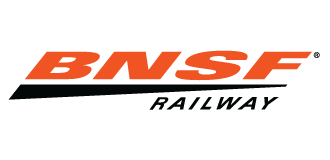

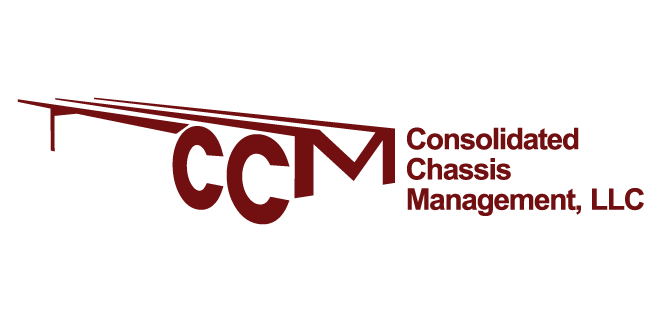














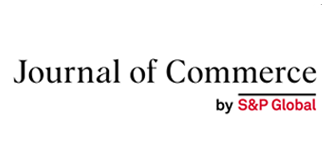

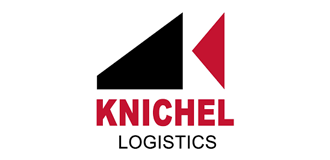

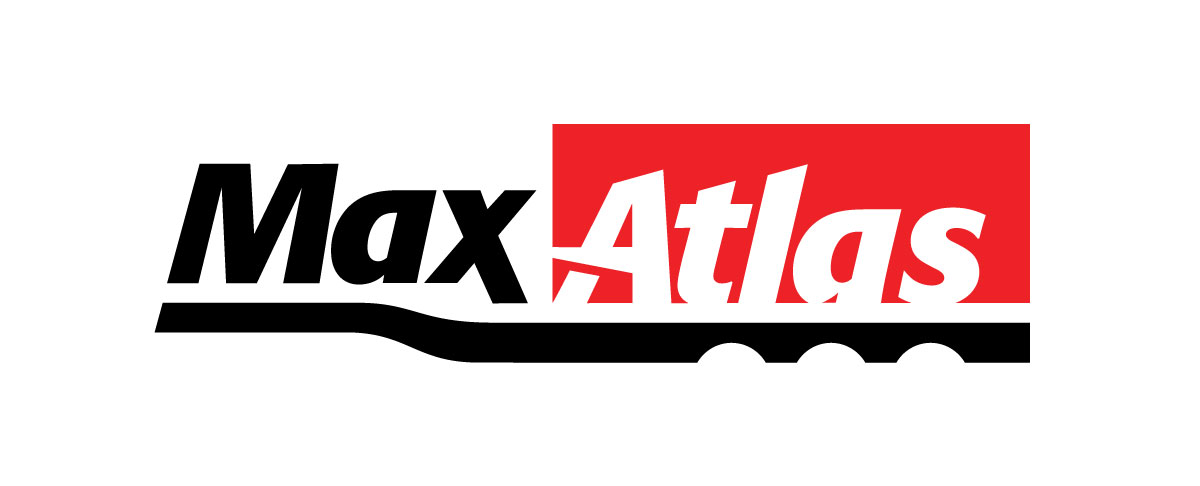
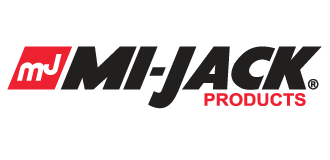
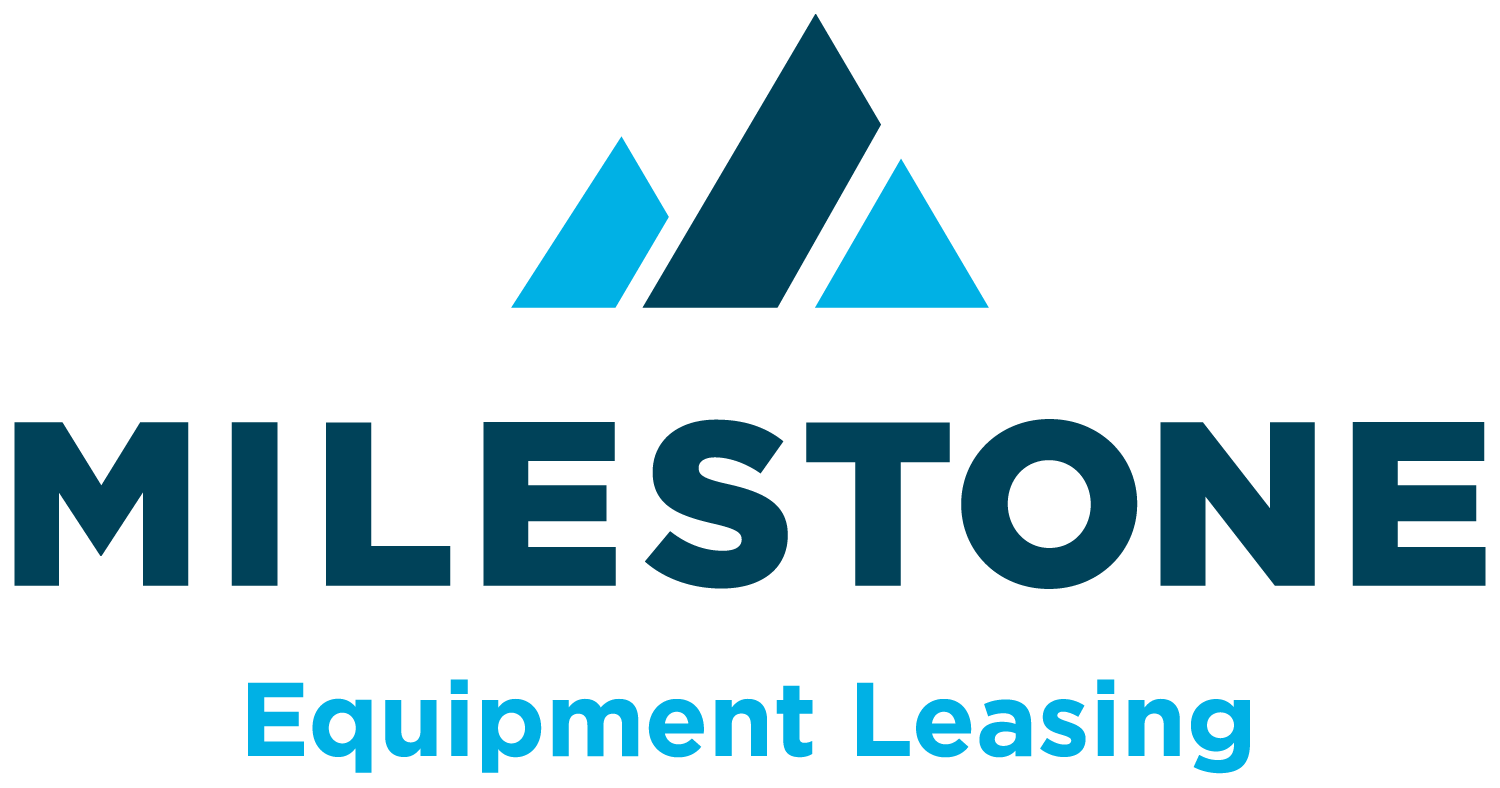












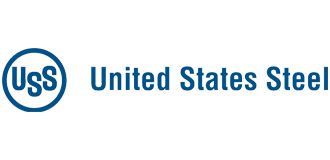
Comments